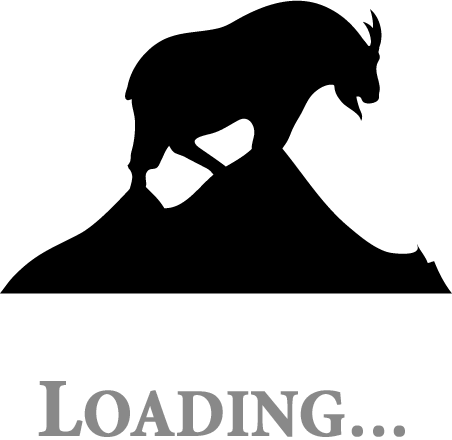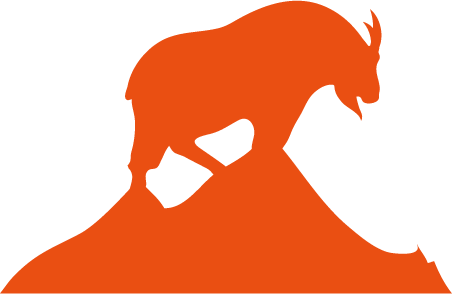Community-specific vaccination uptake data lacking throughout northern B.C.
By Abigail Popple, Local Journalism Initiative Reporter, RMG
Northern Health says it cannot release vaccine uptake data for Robson Valley schools, but according to the agency’s most recent Early Childhood and School Age Immunization Coverage Report, the Robson Valley lies in an area with the jurisdiction’s highest vaccine uptake rates – that is, the percentage of children who are up to date on their vaccinations, such as diphtheria and tetanus.
Published in 2023, the report examines vaccine uptake among Northern Health’s three health service delivery areas: the northeast, northwest, and the northern interior, which includes the Robson Valley.
According to the report, 67 per cent of two-year-olds in the northern interior are up to date on their vaccines, while 71 per cent of seven-year-olds are up to date. The rate for two year olds is higher than the average vaccine uptake rate throughout the entire Northern Health jurisdiction, which sits at 60 per cent. Seven-year-olds are on par with the rest of the jurisdiction.
While the BC Centre for Disease Control releases community- and school-specific vaccination rates for many communities throughout B.C., this does not include Robson Valley schools. According to the centre’s childhood immunization coverage dashboard, this is because when a class includes less than 21 students, that information must be suppressed due to privacy laws.
In an email to The Goat, Northern Health said the agency does have access to vaccination rates in specific schools, but it does not share this information with school districts. While it is not public-facing, Northern Health can use this data to make appropriate recommendations on preventing the spread of disease, the agency said.
“The most important step that parents can take to be prepared and to prevent their child from becoming ill is to ensure their children’s immunizations are up to date,” the statement reads. “Teaching children about additional ways to prevent the spread of illness, such as proper handwashing, cough and sneeze etiquette, and staying home from school when they are sick, are also effective ways of keeping kids healthy.”
It’s not just the Robson Valley that lacks community-specific data on vaccine uptake – there is currently no research on why people choose to vaccinate, or not vaccinate, in northern B.C. communities, says University of Northern BC senior lab instructor Phil Dovey. However, researchers can look at broader vaccination trends throughout Canada and deduce why rural, northern communities may have lower rates than their urban counterparts, he said.
While low uptake rates are often written off as the result of vaccine hesitancy – which the World Health Organization defines as a refusal to accept safe vaccines – there are a number of reasons why a community might have a low uptake rate, and these factors vary from community to community, Dovey said.
“It’s not always down to people not wanting to be vaccinated. I think we have messaging out there now that it’s all down to vaccine hesitancy, but there is still some challenge in access to vaccination,” he told The Goat. “We saw that during the COVID-19 pandemic when rural communities were finding it much more difficult to get access to adequate numbers of vaccines, at least in the early stages.”
Socioeconomic factors can play a role, too, Dovey said: for example, single parents with full-time jobs may not be able to make the time for a trip to the health clinic. For northern B.C.’s Indigenous communities, low uptake rates may not lie in a skepticism of vaccines, but in deep-rooted trauma around colonial healthcare systems, he said.
“There’s a lot of data to show that the majority of Indigenous people in B.C. and Canada are supportive of vaccinations and open to vaccination,” Dovey said. “There’s still some areas where there is increased hesitance, not necessarily in vaccination, but in health care in general. Historical trauma or negative healthcare encounters can impact future healthcare encounters.”
The numerous reasons a given community may have low vaccine uptake rates also means that public health messaging needs to vary from community to community, Dovey said.. According to him, messaging is most effective when it comes from a trusted and well-known community leader – for example, a religious leader, a mayor or councillor, or a beloved teacher. Social norms play a large role in encouraging vaccination, he added – if people know their neighbours are getting their children vaccinated, they may feel more inclined to vaccinate their own kids.
“There is a benefit to identifying that this many per cent of children in the community are fully vaccinated, which would demonstrate [vaccination] as being the norm,” he said. “On the whole, across the province and the country, vaccine rates are pretty high, but they’re not where we want them to be. So using that data to demonstrate it as the norm, I think it’s really helpful.”
Above all, doctors and other healthcare professionals need to approach conversations about vaccines with an open mind, Dovey said.
“The paternalistic position of, ‘Well, I know what’s best for you. Vaccination is going to help you,’ that’s not the best way to enter a conversation,” he said. “Even incredibly well-intentioned messaging can fall flat and actually cause people to become more vaccine hesitant than they were before.”


